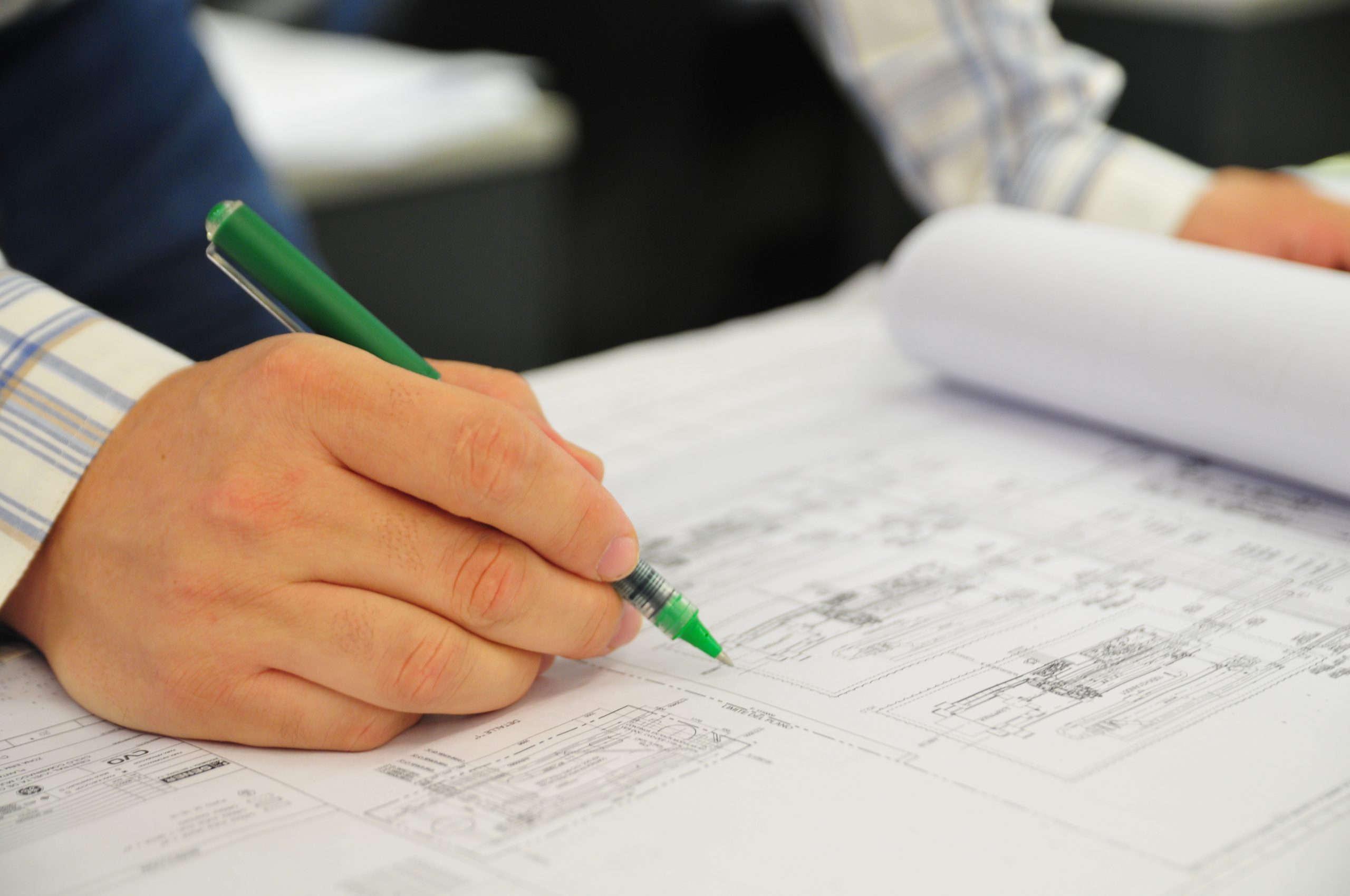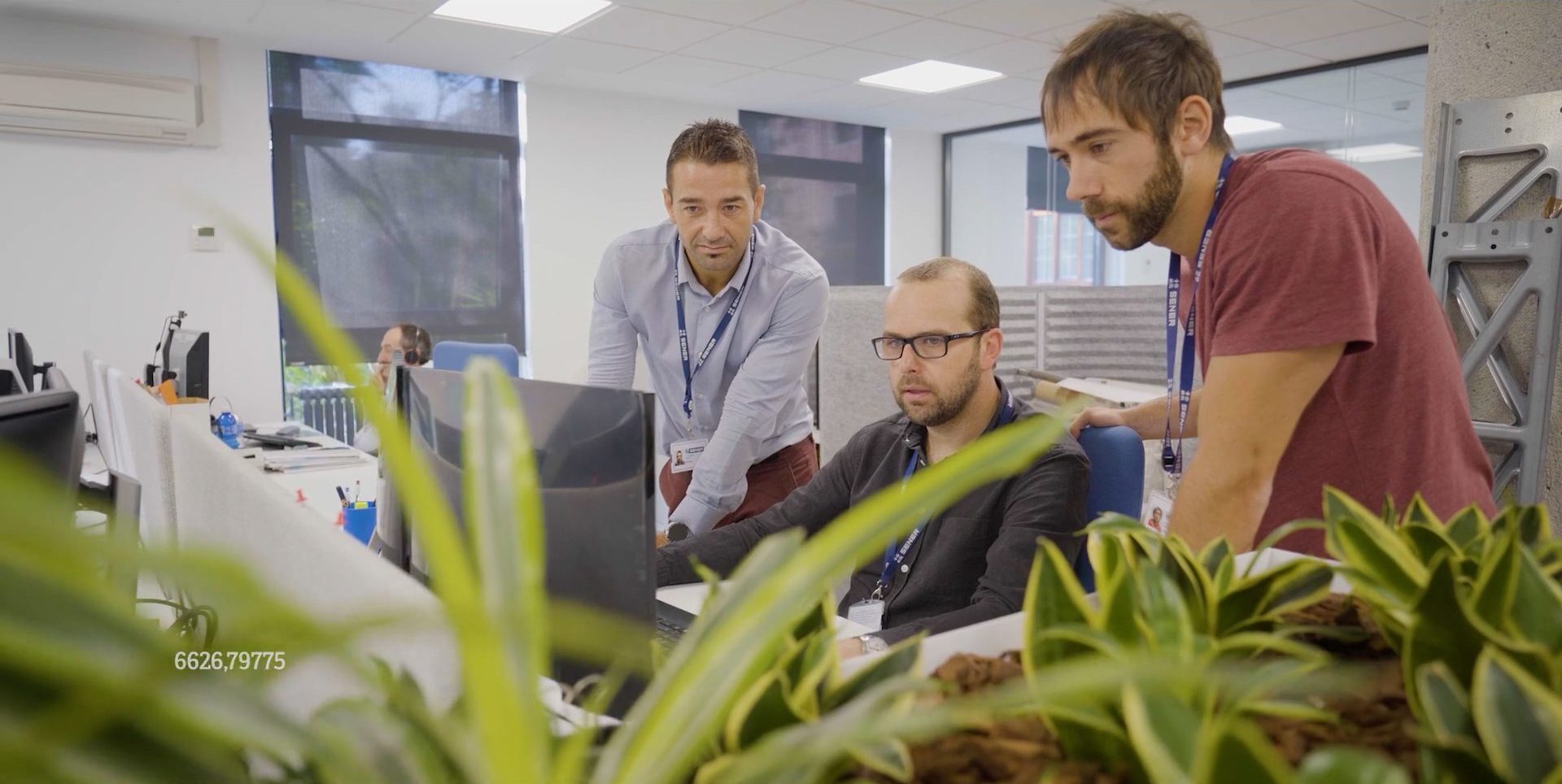






Sener won first place in the Architecture, Construction & Design Awards 2020 in the «Transportation (Built)» category for its work on the elevated stations of Line 3 of the Guadalajara metro (Mexico). Sener, together with Ten Architects, also received the third-place award in the same category of «Transportation (Built)» for the stations of the Toluca-Mexico City intercity train. Sener was heavily involved in both projects: in the new line 3 of the Guadalajara metro, it led the entire project, from the pre-feasibility study to its detailed design and project management throughout the building phase. In the Toluca-Mexico City intercity train, Sener was responsible for drafting the construction project and is currently working as a technical adviser for the SCT.
Sener has received two prizes in the Transport (Built) category of the Architecture, Construction & Design Awards 2020, organized by Re-Thiking the Future: the first prize for its comprehensive work on the elevated stations of the Guadalajara metro line 3 in Mexico, and the third prize for the stations of the Toluca-Mexico City interurban train line.
After receiving these awards, Sener’s Architecture Manager for both projects, Jorge Tejeda, said: «We are proud to have contributed to the implementation of two of Mexico’s most important projects in recent years: on the one hand, the Guadalajara metro line 3, one of the most modern in the world and the first in Latin America. And on the other, the Toluca-Mexico City intercity train, an example of integrating a railway line into the environment. With these projects, SENER has become the leading engineering company in transportation infrastructure projects in Mexico.»
First prize: Sener’s work on the elevated stations of the Guadalajara metro
Architecture, Construction & Design Awards 2020 recognized Sener for its comprehensive work on the elevated stations. For both these stations and the ones underground, Sener was responsible for the comprehensive design, from their layout, architecture and implementation, to their structure and electromechanical installations.
Sener sought volumetric simplicity in the design of the elevated stations through three structural elements: a main space consisting of a glazed box containing the platforms and trains; a second space in the form of a suspended black box containing the lobby; and two large concrete columns, one at each end of the main space, that house the duts in the transition between the viaduct and the technical premises, reducing the number of visible duts to almost zero. This meticulous architectural design combines structural beauty with operational efficiency.
Specifically, in awarding the prize, the organization noted that «The project consists of 13 elevated stations that meet all the functional requirements of a railway installation; designed with the aim of optimizing its integration into the urban environment, minimizing the impact on the infrastructure of a city with low-rise buildings and generating new public spaces.»
Sener’s work on the elevated stations involved the preliminary and construction phases, in which Sener was also responsible for the design of the underground stations, the structural design of tunnels (using a tunnel boring machine), structural design of the above-ground track, urban integration of the line, track design, electrification of railway installations, controls and communications, mobile equipment, railway operation model, financial model, design of train depots and workshops, and the design of transport hubs.
The Guadalajara Metro Line 3, opened on September 12, connects the municipalities of Zapopan, Guadalajara and Tlaquepaque. It has 18 stations, 5 of which are underground and 13 elevated, with a total route length of 22 km, of which 15 km is above ground, 2 km on the surface and 5 km underground.
Sener contributed significantly to every phase of this project, with nearly 650,000 engineering hours. Sener’s involvement began on August 15, 2012 with the award of the contract for the «pre-investment studies, related to the technical, economic, financial, legal and environmental feasibility analysis, cost-benefit analysis, preliminary design and executive project»; in October 2014, the company received a new contract for the «specialized technical consultancy (Project Management) for the construction project»; finally, in 2019 it signed the contract for the «certification and commissioning».
Third-place prize for Sener for the stations of the Toluca-Mexico City line
Architecture, Construction & Design Awards 2020 presented the third-place award to Sener, together with Ten Architects, in the «Transportation (Built)» category for the stations of the Toluca-Mexico City intercity train. The new network has six ground stations: Zinacantepec, Terminal de Autobuses, Metepec, Lerma, Santa Fe and Observatorio.
The stations were designed with the same structural system of the viaduct, as a continuation of it (columns and supported viaduct), which served to naturally integrate the structure, a feat that was awarded the third-place prize in the «Transportation (Built)» category of the Architecture, Construction & Design Awards 2020.
Sener’s work on the intercity train went beyond the stations: it included the definition of the operational model, the technological solution and the network operation simulations, as well as all the studies required to define the construction of the line: cartography and topography tasks; route studies; viaduct and tunnel calculation; geotechnical, hydrological and drainage studies; architectural and structural plans and the definition of station systems, as well as workshops and depots; environmental mitigation and urban planning studies; and studies of interfaces, RAMS (Reliability, Availability, Maintainability, and Safety) and railway and electromechanical facilities. Furthermore, as technical adviser to the Mexican Ministry of Communications and Transportation SCT, SENER carried out all the adaptations, updates and modifications necessary to the executive plan during the construction phase.
The Mexico-Toluca intercity train line is 57.8 km long, of which almost 50 km is above ground, with different types of solutions, each adapted to the route. This made it possible to cross the Sierra de las Cruces protected area while ensuring the preservation of the environment. Sener planned a 4.7-km bitube tunnel, connected with transversal galleries every 240 meters. This train will serve more than 300,000 passengers each day, although demand growth is expected to reach 500,000 daily users in 2047, who would make the journey in approximately 40 minutes. This is a highly viable alternative to the trip by road, which takes an average of 55 minutes by car and two and a half hours by bus.
Sener has an office in Mexico since 2006, staffed by a multidisciplinary team of nearly 350 Mexican professionals, Sener in Mexico develops engineering and technology projects in the infrastructure field with references such as: the Toluca-Mexico City passenger train, Guadalajara metro line 3, the Maya train, and the Monterrey suburban rail, as well as several projects in intelligent road transport systems throughout the country, for customers such as SCT, BANOBRAS and CAPUFE. Its portfolio of projects in the Energy sector is also outstanding, with the Agua Prieta II combined cycle plant, the La Cangrejera petrochemical plant, and the diesel hydrodesulphurizers at the Tula and Salamanca refineries, for PEMEX, the Empalme I combined cycle plant, and the compression stations in Frontera and Los Ramones for Gasoductos del Noreste.